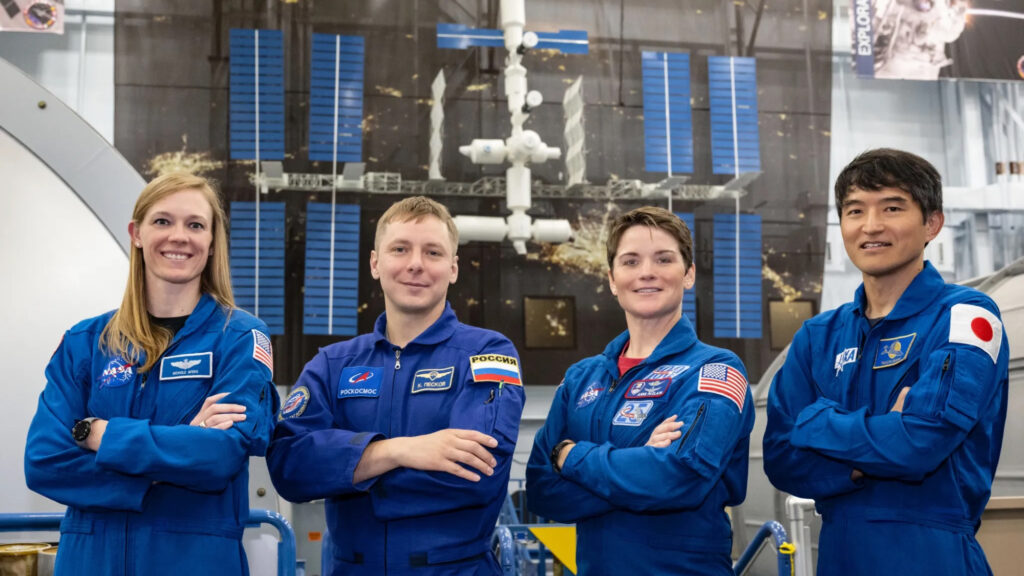NASA has officially announced the launch date for SpaceX Crew-10, a mission set to transport four astronauts to the International Space Station (ISS). The mission is scheduled to lift off at 7:48 p.m. EDT on March 12, 2025, from Launch Complex 39A at NASA’s Kennedy Space Center in Florida.
Mission Details and Crew Members
Crew-10 will embark on a six-month expedition to the ISS, where they will conduct various scientific research, technology demonstrations, and station maintenance. The crew consists of:
- Anne McClain (NASA) – Mission Commander
- Nichole Ayers (NASA) – Pilot
- Takuya Onishi (JAXA – Japan Aerospace Exploration Agency) – Mission Specialist
- Kirill Peskov (Roscosmos – Russia’s Space Agency) – Mission Specialist
This mission highlights international collaboration in space exploration, as astronauts from NASA, JAXA, and Roscosmos will work together aboard the ISS.
Why the Launch Date Changed
NASA and SpaceX had originally planned the Crew-10 mission for March 25, 2025, but they moved the date forward to March 12 due to delays in the construction of a new Crew Dragon spacecraft. Instead, they will reuse the flight-proven Crew Dragon capsule “Endeavor”, which has successfully flown multiple missions before.
Using a previously flown spacecraft is a testament to SpaceX’s reusable technology, reducing costs and increasing mission efficiency.
Impact on the ISS and Returning Crew Members
The Crew-10 mission is crucial for crew rotation on the ISS. Once they arrive, they will take over operations from NASA astronauts Butch Wilmore and Suni Williams, who have been aboard the ISS since June 2024.
Wilmore and Williams were originally scheduled to return earlier, but delays with Boeing’s Starliner spacecraft prolonged their stay. The Crew-10 mission now allows them to return to Earth sooner than expected.
Scientific Goals and Mission Objectives
During their time aboard the ISS, the Crew-10 team will focus on:
✅ Microgravity Research – Studying the effects of space on human biology and materials.
✅ Technology Demonstrations – Testing new spacecraft hardware, including potential improvements for future Artemis missions to the Moon.
✅ Earth Observation – Monitoring environmental changes such as climate patterns and natural disasters.
✅ Maintenance of the ISS – Performing upgrades to ensure the station remains operational for future missions.
Final Thoughts
The upcoming Crew-10 launch marks another milestone in NASA and SpaceX’s partnership, ensuring smooth crew transitions and advancing space research. The decision to use the flight-proven Crew Dragon Endeavor highlights the growing reliability of reusable spacecraft.
With an international crew and an ambitious research agenda, Crew-10 will play a key role in furthering human spaceflight exploration. Stay tuned for the March 12 launch as these astronauts embark on their journey to the ISS! 🚀


